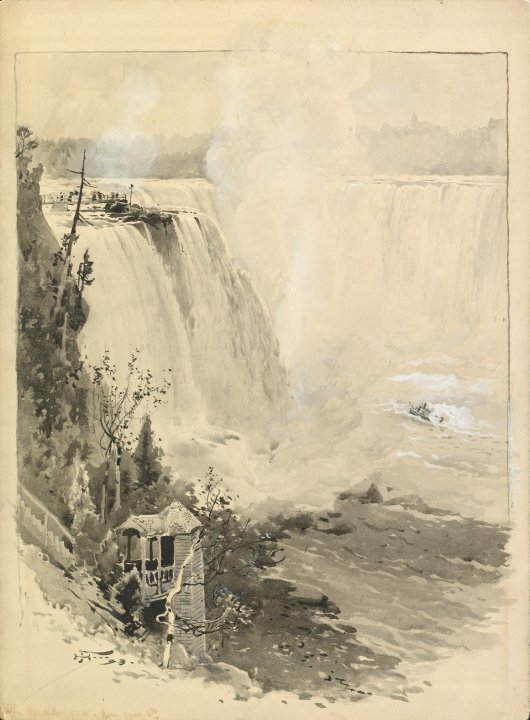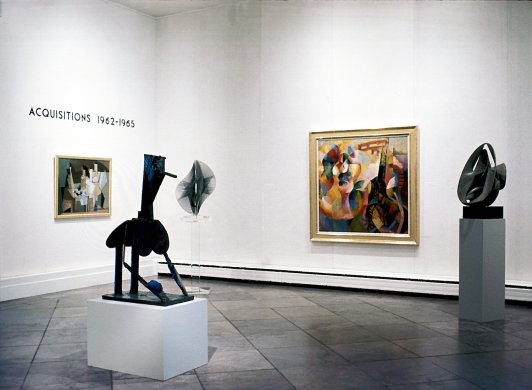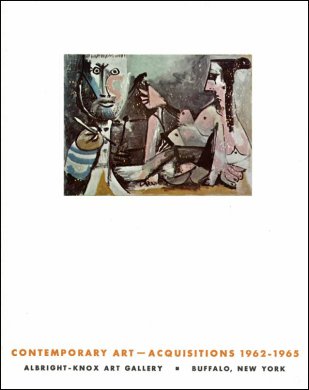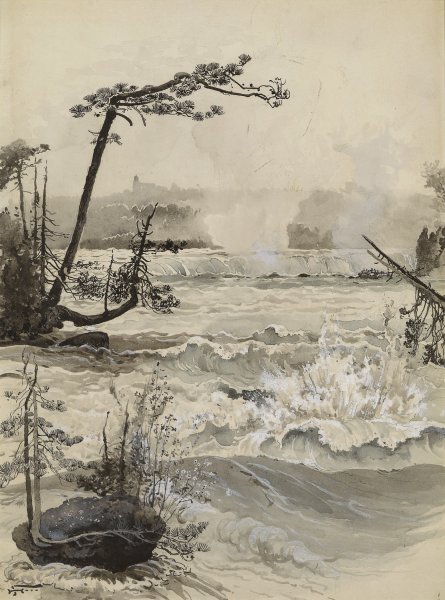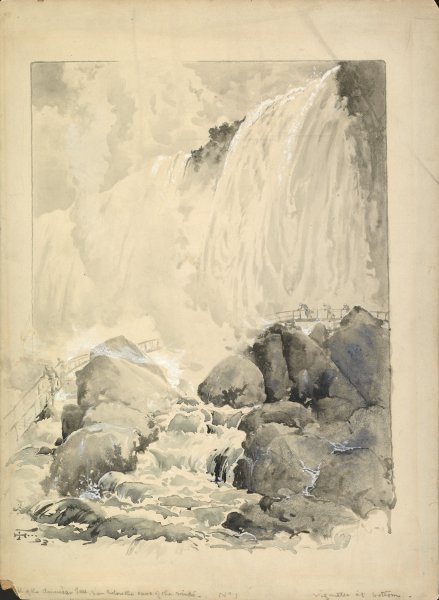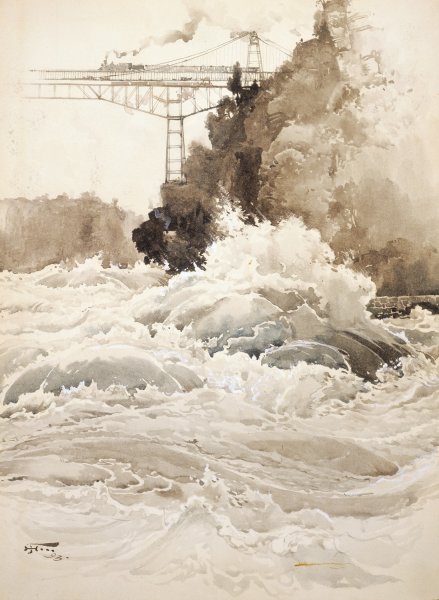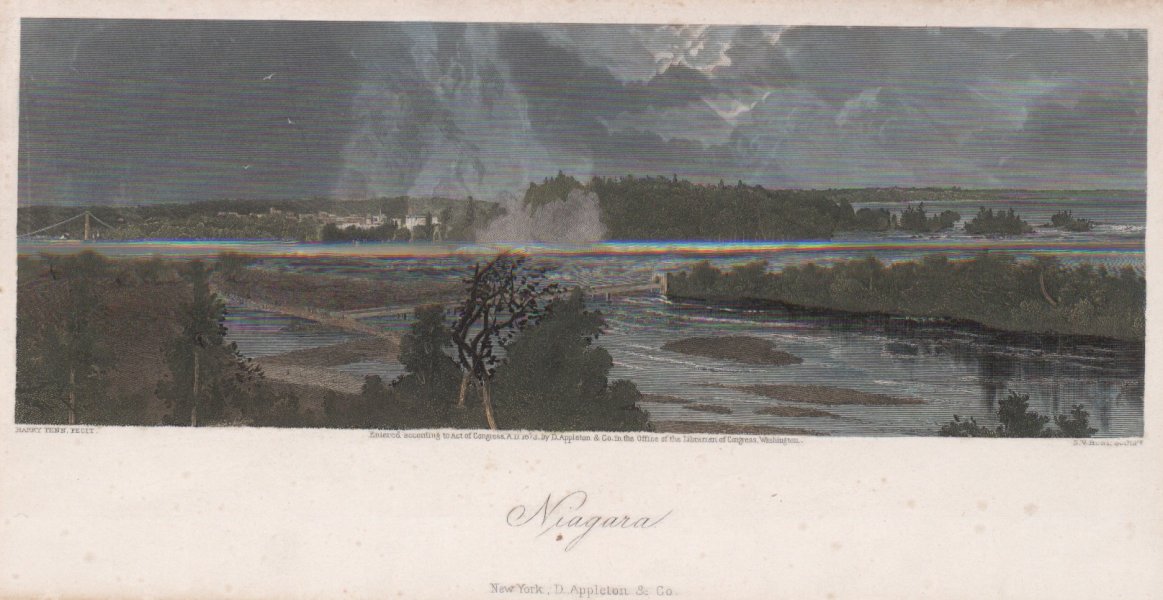Harry Fenn
American, born England, 1845-1911
The Horseshoe Falls from Goat Island, 1893
Artwork Details
Materials
watercolor on paper
Measurements
sheet: 14 1/8 x 10 1/2 inches (35.88 x 26.67 cm)
Collection Buffalo AKG Art Museum
Credit
Gift of Mr. & Mrs. Roy J. Friedman, 1964
Accession ID
1964:15.5
During the final quarter of the nineteenth century, Harry Fenn was the most prominent landscape illustrator in the United States. He is best known for the engravings he contributed to William Cullen Bryant’s (American, 1794–1878) Picturesque America, 1872–74—a two-volume set of books describing and illustrating the American terrain. In addition, Fenn was commissioned by several other publications to depict important events, such as the 1893 World’s Columbian Exhibition and the Spanish-American War. During the artist’s time, such sources were crucial to the general public’s growing comprehension of the country’s geography and current events. Fenn is known to have first traveled to Niagara Falls in 1857, but he returned to the locale several times. The Horseshoe Falls from Goat Island is one in a series of watercolor paintings of popular tourist vantage points throughout the region that the artist made in the early 1890s. The works were commissioned to accompany anecdotal stories and essays by Mark Twain (America, 1835–1910) and other notable writers in The Niagara Book: A Complete Souvenir of Niagara Falls, published in 1893.
Label from Picturing Niagara, September 30, 2017–August 5, 2018
